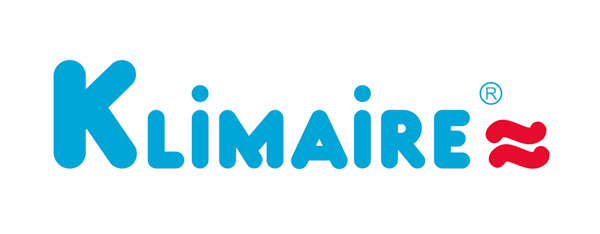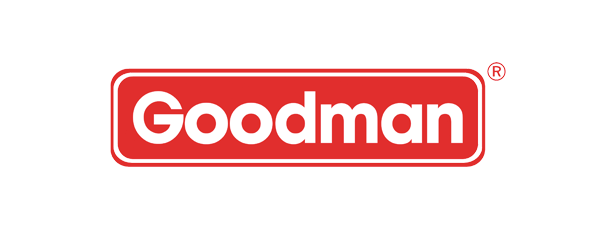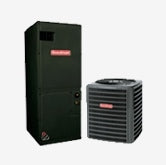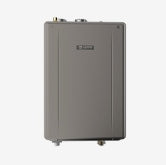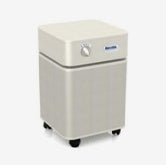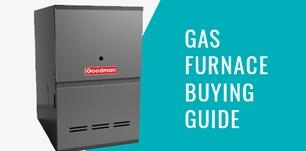Heat Pump Systems
Heat pumps are known for their high energy efficiency and convenience. Their small environmental footprint is not only owed to their low electricity usage but also because they are able to provide both heat and air conditioning using the same equipment. In mild to moderate temperature zones heat pumps can eliminate the need for a furnace in addition to air conditioning.
Gaining ground in cold northern climates
In regions where temperatures fall below freezing for long periods, heat pumps have been generally assumed to lose efficiency. Condensation can freeze on the outside coils causing the system to cease operation and/or require extra energy to run a defrost feature. However, newer heat pump technology designed for colder climates is proving to bring cost savings, especially when a heat pump is supplemented by another heat source, as in the case of dual fuel systems.
How heat pumps work
Heat pump use a small amount of energy to move heat from one area to another to control the temperature. They can be ducted or ductless. Visit heat pumps, mini split, multi-zone and commercial ductless systems for product offerings.
For heating applications, heat is transferred into an area from your indoor unit and in cooling applications, heat is rejected outside of your home by the outdoor unit.
When the function of the heat pump is changed from heating to cooling or vice versa, the system is reversing its cycle. This is achieved by changing the directional flow of the refrigerant with a reverse valve and switching the role of the system’s two heat exchangers, known as coils.
Heat pump components
- Thermal expansion valve (TXV) is essential to all refrigeration cycles. Heat pumps have a TXV that works with the indoor unit and one that works with the outdoor unit.
- Compressor: Considered to be the heart of the system, it cycles refrigerant throughout the system and also compresses the refrigerant into a high pressure and high temperature gas state.
- Condenser coil: Always causes the refrigerant to release heat, the act of cooling down. This condenses it to liquid state from gas form.
- Evaporator coil: Its function is to causes the refrigerant to absorb heat, which results in vaporization.
The “trick” of a heat pump is that the function of the two coils switches location (inside or outside) depending on the end goal: heating or cooling.
In cooling mode, evaporator coil function takes place inside of your home. The refrigerant in the coils absorbs heat from inside of your home and changes state from a liquid to a gas. Colder air remains in your home and the hotter air is then rejected outside of your home by the condenser.
In contrast, to heat a space, the condenser coil function takes places inside. The cold air indoors is used to absorb heat in the ambient outside air. Remember we stated that cold is like a magnet attracting cold? This heat gained (absorbed) from the outside is rejected (released) into your home.
Even when the temperature is quite cold, there is still enough heat outside for a heat pump to capture.
Air source heat pump efficiency during the heating season is rated by Heating Seasonal Performance Factor (HSPF). Heat pump cooling performance is measured by the Seasonal Energy Efficiency Ratio (SEER).
Why choose a heat pump?
- Heat pumps dehumidify more efficiently than a cool-only central AC.
- Cost savings over electric heat: Heat pumps can cut 30% to 40% from your electric bill.
Electric resistance heating, commonly used in space heaters and baseboard heating, converts electric energy to heat energy either through the process of convection or radiation. Heat pumps heat and cool simply by moving heat energy. It requires less "effort" to move energy than to convert it,which is why heat pumps are more energy efficient than electric air conditioning or heating.
The bottom line: no matter what climate zone you live in or how you are currently heating or cooling your home, there’s a good chance that a heat pump can reduce your energy consumption. Configuration is flexible: Choose ducted split, ductless mini split and ductless multi split. Output capacity (BTU/tonnage) can be small enough for one room or large enough for a house.
Adding a heat pump to your current system
Consider limiting existing electric baseboards or space heater use with the hassle-free installation of an energy-efficient ductless system for the largest zone. You can keep the electric heat on low in the other areas and turn it up only when needed.
In new construction or when replacing an old furnace or central air, consumers are also opting for dual fuel systems, which allow for a less expensive, smaller capacity fuel furnace used in conjunction with a heat pump. Combining the BTUs, or heating output, of both systems can warm a home during the coldest of months. The heat pump does most of the work with minimal energy consumption during the winter, and the furnace only kicks in to boost the capacity of the heat pump when temperatures outside are extreme.
A heat strip can provide the same backup in the form of electric resistance heat. Many heater coils come assembled with a plug in wiring harness for simple installation.
AIR CONDITIONING AND HEATING SIZING GUIDE:




















































































